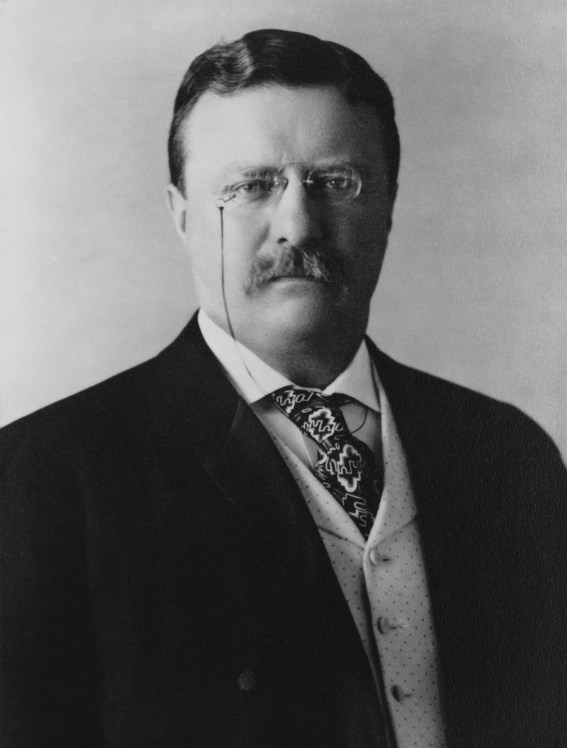My husband is an ocean guy. I’m more for the mountains, for the pain and glory of the pursuit. I used to think this signified laziness on his part and hardiness on my own.
I don’t think that anymore.
Six months of daily walks beside the marshes of Jamaica Bay has convinced me of two things: one, that the sea is as wild as any mountain, as capable of rending land and creating weather, of inspiring mad poetry and nurturing biotic complexity; and two, that hiking hard over rugged terrain is far from the only way to find meaning in the natural world.
I would like to examine “the strenuous life.” To trouble it–just a bit–although (or perhaps because) I have strived and longed so hard, of late, for just such a thing.
I miss my mountains, but I am falling in love with the ocean.
**

Theodore Roosevelt, ardent promoter of rigorous living, was said always to have sought the most physically challenging (fastest, highest, most endurance-testing) way of doing a thing. It was a philosophy and lifestyle encouraged by his father, Theodore Sr., and contrived as an antidote to the younger Roosevelt’s physical fragility.
My first job in a national park was as an interpreter in the North Dakota Badlands, at a preserve which bears Roosevelt’s name. I led tours of his Maltese Cross ranchhouse and told his life in campfire stories, peeling through our library of TR biographies in search of anecdotes I could use in my tours. We were kindred spirits: I was in my early twenties, as Roosevelt had been when he first came to Dakota, and we had both come from New York seeking healing, strength and solace.
Once, I compiled a list of the injuries and illnesses Roosevelt had incurred throughout his lifetime. It ran to three pages: concussions, broken bones, abscesses, tropical diseases, asthma and myopia.
It’s hard not to like a person who overcame so many physical challenges and went on to do, experience, and contribute so much. But I have wondered about the wisdom of his burning so fiercely. Roosevelt was tormented by an angst and restlessness we would today call depression, and it is not a stretch to wonder how much of his “strenuous life” was enacted to distract him from the anguish of sitting still.
I hesitate to even hint at questioning the grace of this man, a naturalist through and through and the signer of our most beloved Antiquities Act–the 1906 legislation which allows a president to declare a National Monument. Strenuous work and physical rigor have been godsends in my own life; climbing mountains, hiking harder than I needed to, panting and sweating, I too have walked myself out of the deepest and darkest of funks.
But I wonder what I’ve been walking past. What my industriousness and pace have blinded me to, what was hiding under my footsteps on each of those epic summits. I wish I’d had a quieter heart and mind when I lived in Yellowstone, that I wasn’t compelled so much to climb-and-conquer as to look around, dwell, sit under a tree and just be.
And I worry that I haven’t loved my wild places enough. That I have used them too unilaterally as frontiers, as places to burn off bad energy. That I have failed to regard them as holy places with essences of their own.
I believe in the strenuous life: the examined, measured, attentive, honoring sort of strenuous life, which celebrates earth and mountain as exhilarating beasts, rather than obstacles to the climb.
**
A few weeks ago I spent an afternoon at Wave Hill, a private estate-turned-botanical-garden overlooking the Hudson River in Riverdale, the Bronx. I am able to find a peace here that I can seldom find anywhere else in the city.
Roosevelt lived here, in a mansion on the property, with his parents and siblings during the summers of 1870 and 1871. He was 12 and 13 years old.
Sitting on the lawn in an Adirondack chair, overlooking the Hudson, I imagined him seated beside me. Quietly, slowly, we raised our eyes to watch a hawk in flight.






I heard a quote while rafting the Grand Canyon : “Strenuousness is the immortal path, and sloth the way of death.” I live by that quote. But the need for balance is strong. I need to even out the big days of intense movement across the landscape with the quiet reflection time on the same landscape. Journaling helps me do this. Thank you for looking within as you wrote this post. It resonates with me.
LikeLiked by 1 person
I still live by both things. I suppose if you iron out one’s strenuousness and one’s quiet, mindful time across a lifetime, you would often find a slow, steady burn. Balance is key — as is, like you mention, honoring the landscape or waterscape that’s helping one achieve that very strenuousness/vivaciousness. I imagine (have not yet done this much myself) that drawing slows that speeding pace even more effectively than writing… thank you for your kind words 🙂
LikeLike
Finally made it to reading this…absolutely moving and wonderful. I think it struck me more deeply than it might others because early in my 30-year NPS career, I spent a winter as a clerk-typist, then the following summer as an interpreter, both at Theodore Roosevelt Nat’l. Memorial Park and ended that same career with 11 years at Canyon in Yellowstone. Thank you for a fine piece of writing and for the memories.
LikeLike
Pingback: Wave Hill in Winter – Writing the Wild